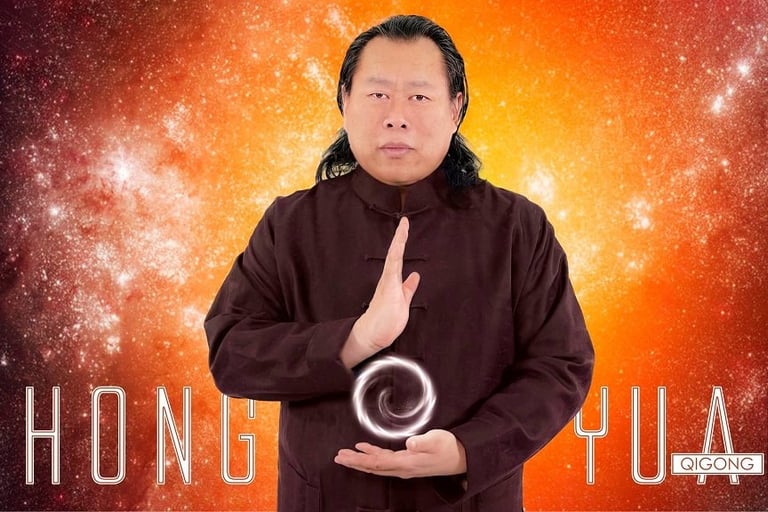
”The goal of the Zhong Yuan Qigong system can be summed up in one word - bliss. This term, originating from Buddhism, signifies the highest form of happiness possible. It refers to a state of joy and bliss that resides within you, in your heart. This realm of happiness is not a place you can move to or stay in; it is within you. Describing this type of happiness in words is very challenging. Consider whether you are truly happy, and if not, why. Of course, each of us faces various problems and illnesses that cast a shadow over our lives. But humans are meant to be happy. Our goal is to achieve happiness, something everyone desires. To do this, one must first identify the cause of unhappiness. For many, illnesses impede their ability to fully enjoy life. But is this the primary reason? Think about your friends and acquaintances. Among them, there are those who are relatively or completely healthy but if asked whether they feel genuinely happy, many would admit they are not. Being healthy and poor is not ideal. Yet, there are many wealthy and healthy individuals in the world. Do you think they are all happy? Every person, regardless of their social environment, has their own problems that prevent them from feeling happy. Therefore, happiness is not something that can be obtained externally; it is an internal state inherent to us. Is there a method that could change something within us to make us feel happy? After all, happiness cannot be bought. You can buy clothes, food, and shelter, but not happiness. It comes from within. It is not something external. It is a state of being. And this is precisely why, through Qigong, we can achieve happiness from within... When Laozi first experienced this, he said he didn't know how to describe it; he called it Dao... In the East, a person who understands this can be called a Buddha. In the West, it could be said that a person has merged with God and become one with Him. ”
Xu Mintang - Grand Master of Zhong Yuan Qigong.


